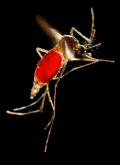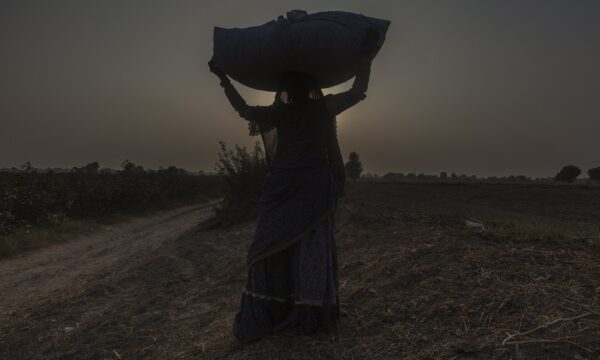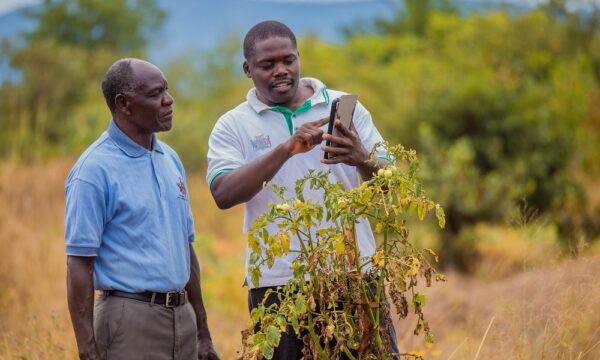Climate change is going to mean mosquito-borne diseases
spread north out of the tropics right? That seems to be the story the news media are giving us. But it is really the case? Do we really need to start thinking about buying bednets to protect against mozzy bites?
 As editor of Global Health database I was invited to the ISNTD Bites
As editor of Global Health database I was invited to the ISNTD Bites
seminar in London, at the Natural History Museum where the issue was hotly debated. The session on climate change and disease vectors showed that
while biology of disease vectors like mosquitoes and sandflies is affected by temperature there are several other
factors that influence spread of disease vectors and the diseases they carry that may mean they don’t spread in the way straight climate maps predict.
Among these are land use, urbanisation and global trade. In fact, the
entomologists at the seminar were arguing that climate change issues are
distracting researchers from looking more into factors that are having drastic effects on the spread of disease vectors
and disease right now.
The ISNTD aims to be multidisciplinary and this is what
made the session work so well. We got several viewpoints – from
climatologists to laboratory scientists. The panel discussion with additional
experts (Dr Joe Lines (LSHTM), and Catherine Brahic (New Scientist) was lively as several panellists argued
that climate change is not what researchers should be concentrating on. The
panellists were not denying that climate, weather and temperature affect the biology and spread of disease vectors and the diseases they carry, but most thought that climate change itself was not the most important
issue. They highlighted international trade (e.g. in used tyres), urbanisation, and deforestation as important.

So whats the verdict? Europe is still at risk of more vectorborne disease but it probably won't be climate change that is responsible. I don't think I'll get a bednet – yet.
I’ve included points from the relevant talks below with a take
home message and if you want to read more see Further reading for papers cited by the speakers and sourced from Global Health
database which covers vectorborne diseases and the vectors that carry them.
The Climatologist Dr Cyril Caminade (University of Liverpool):
The climate will
become more suitable for Aedes
albopictus mosquitoes in Europe
Dr Caminade’s predictions suggest Cyprus, Bulgaria,
Slovakia, Turkey, Hungary, Benelux countries, Germany and Macedonia are all at
risk of becoming homes for the mosquito that carries dengue fever. Its not all
bad though, Spain and the Mediterranean coast would become less suitable in
these models. The model includes temperature and rainfall predictions and
assumptions about the overwintering ability of the mosquito and information
about the mosquito’s current extent in Europe.
Dr Caminade admits the spread of disease vectors is a
complex issue- although the climate might become more suitable, it is down to
social and other factors as to whether the vectors and disease become
established.
The view from the
lab…Dr Courtney Murdock (Pennsylvania State
University):
Temperature
influences mosquito immunity and therefore its ability to carry disease but its
not a simple picture.
Dr Murdock reminded us that mosquitoes live in a world of
changing temperatures. Both changes in temperature through the day and night
and the average temperature over a longer cycle could influence the ability of
the mosquito to transmit disease. Dr Murdock’s studies show that important
immune parameters are affected in different ways by temperature with some
working best at 18 degrees and others at 30 degrees centigrade.. She warns that
the consequence of this is that lab studies done at one temperature probably do
not reflect what is happening in the field.
Ecological modelling…
Dr Paul Ready (LSHTM)
Other factors are at
work – vegetation types, altitude and sandfly overwintering factors are
important for Leishmaniasis spread.
Dr Ready’s ecological
studies identified landuse, altitude, density of the host(s) and the disease vector’s
overwintering characteristics as key variables affecting spread of actual
disease. His ecological modelling based on these factors showed that
leishmaniasis carried by one species of sandfly could move up the French
Atlantic coast while the other was unlikely to spread much further north.
Vector control
specialist Dr Julian Entwistle (Xenex Associates)
The big question: is
climate change important for transmission? Answer- no. we could be more at risk
from the car tyres and the lucky bamboo trade…
Dr Entwistle argued that the theory that climate change
will lead to wetter warmer weather and an increase in mosquito and other insect
borne disease is shaky. There are lots of other important factors that have
been shown to influence these diseases now: Urbanisation, travel, global trade. Aedes albopictus the
disease vector responsible for dengue and chikungunya spread has been massively
influenced by trade in used tyres and lucky bamboo rather than temperature
changes.
Further reading
Papers cited by the speakers plus more sourced from Global Health
database.
Aedes albopictus
Suitability
of European climate for the Asian tiger mosquito Aedes albopictus: recent
trends and future scenarios, Cyril
Caminade, Jolyon M. Medlock, Els Ducheyne, K. Marie McIntyre, Steve Leach,
Matthew Baylis and Andrew P. Morse. Interface 2012. doi: 10.1098/rsif.2012.0138
Potential
impacts of climate change on the ecology of dengue and its mosquito vector the
Asian tiger mosquito (Aedes albopictus).
Erickson, R. A.; Hayhoe, K.; Presley, S. M.; Allen, L. J. S.; Long, K. R.; Cox,
S. B.;, Environmental Research Letters, 2012, 7, 3, 034003,
Leishmania
Integrated
Mapping of Establishment Risk for Emerging Vector-Borne Infections: A Case
Study of Canine Leishmaniasis in Southwest France. Hartemink,
N.; Vanwambeke, S. O.; Heesterbeek, H.; Rogers, D.; Morley, D.; Pesson, B.;
Davies, C.; Mahamdallie, S.; Ready, P, PLoS ONE, 2011, August, e20817,
Environmental
risk mapping of canine leishmaniasis in France. Chamaille, L.; Tran, A.;
Meunier, A.; Bourdoiseau, G.; Ready, P.; Dedet, J. P. Parasites
and Vectors, 2010, 3, 31, (8 April 2010)
Website:The EDEN project
Heterogeneity
of environments associated with transmission of visceral leishmaniasis in
South-Eastern France and implication for control strategies. Faucher, B.;
Gaudart, J.; Faraut, F.; Pomares, C.; Mary, C.; Marty, P.; Piarroux, R.; PLoS
Neglected Tropical Diseases, 2012, 6, 8, e1765
Mosquito
immunity
Complex
effects of temperature on mosquito immune function. Murdock,
C. C.; Paaijmans, K. P.; Bell, A. S.; King, J. G.; Hillyer, J. F.; Read, A. F.;
Thomas, M. B., Proceedings of the Royal Society of London. Series B,
Biological Sciences, 2012, 279, 1741, pp 3357-3366
Temperature-mediated
differential expression of immune
and stress-related genes in Aedes
aegypti larvae. Muturi, E. J.; Nyakeriga, A.; Blackshear, M., Journal
of the American Mosquito Control Association, 2012, 28, 2, pp 79-83
Vectorborne diseases spreading in Europe
The ecology of climate change and infectious diseases. Lafferty,
Kevin D. Ecology . 2009, 90,:888–900.
Article:
"Mosquitoes in Europe: an Emerging Threat", International Pest
Control, 2012,Vol. 54, Number 4, See: http://www.isntdbites.com/#/entwistle/4568751259
Photo credit: Aedes- James Gathanay/CDC; Sandfly-CDC
Related News & Blogs
Reflections on COP 28: Conference brought food and farmers to the forefront of climate change negotiations
After two weeks of discussions, the COP 28 UAE Presidency brought the curtain down on this major event. Dr Lydiah Gatere, CABI’s Climate Change Expert, Africa, attended and took part in a panel discussion – hosted by the Standards and Trade Development…
19 February 2024




